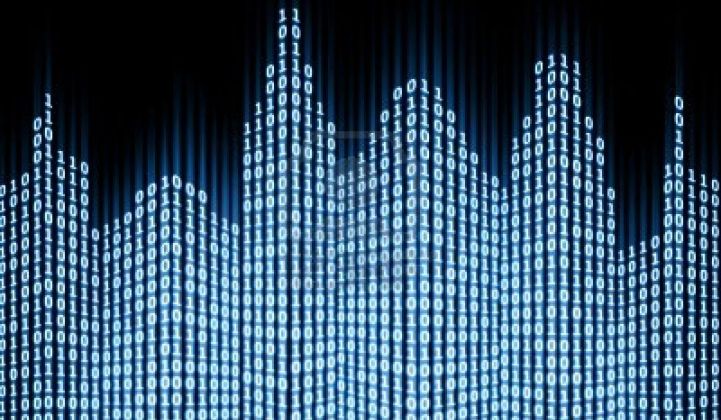Last week in Boston, I had the pleasure of attending the Doble User Conference. The event is a mix of training sessions, user presentations, and trade show that pulls in vendors, utility employees and industry experts in asset management and testing. The utility audience consists of a wider variety of career levels and job titles than is typical on the smart grid conference circuit.
Conversations with middle management and technicians from a variety of utilities around the U.S. and Canada led to two realizations. Deep skepticism exists about commitment to smart transformer and asset health technologies and optimism is waning about these technologies on the parts of asset management departments that have seen their budgets slashed and younger engineers in the space.
GTM Research still remains bullish on monitoring software and hardware for asset health assessment (this is addressed in greater detail in the recently published report Transformer Monitoring Markets 2013-2020). However, my discussions with professionals last week highlighted concerns, problems, and technical issues that could derail attempts to gain value from deployment of asset health technology.
- Turning Off the Alarms: Following a multitude of alarms and alerts, technicians at many facilities around the country simply turn monitors, or communications to monitors, off. This is a well-known problem in the industry and a particular pain point for vendors that finally get their products onto a critical device, only to see the device fail after weeks of ignored alarms. Help with this seems to be on the way with improved diagnostics systems and the eventual integration of data from around the enterprise (the often mentioned IT-OT integration), allowing for better management of alarms, but this process will not happen overnight. The most important factor here will be training that will allow utility employees to feel comfortable and to be able to utilize new systems.
- Lack of Resources: High reliability of large equipment over time, combined with increasingly formulaic asset management with limited IT investment, has led many utility executives to cut maintenance budgets. Lower budgets not only reduce manpower, but also limit capital budgets for additional equipment and software. Field maintenance and testing teams are increasingly worried that squeezing these budgets will result in a heightened rate of failure of various assets, independent of the effect of aging or oversizing of various devices.
- Lack of Stakeholder Buy-In: Asset management teams use information from a diverse group of departments and are often embedded into sub-groups such as generation, transmission and distribution. Stakeholder buy-in within the utility remains a problem, as not all stakeholders are brought to the table during the RFP process, leading to organizational discontent and the purchase of solutions that do not necessarily meet the requirements of various teams.
- Lack of Access to Data: Information overload is commonly mentioned as a concern during the implementation of smart monitoring equipment. In the asset health space, variety rather than quantity of data is becoming a bigger problem. However, right now, before utilities push to bring together IT and OT data, utilities need to bring together siloed departments and functions to ensure that the process of connecting hardware to the enterprise is more straightforward. At the conference last week, asset managers reiterated over and over the difficulties of syncing installation of devices with their connection to a communications network and some databases within the utility. Before utilities launch big asset health investments, connection processes need to be more organized with policies in place to ensure data from advanced devices can be leveraged within a reasonable time.
Asset health continues to be a hot topic in the industry, but a variety of concerns must be addressed first to ensure effective implementation. Suffice it to say, the industry as a whole has some maturing to do before we start discussing big data and the integration of big data appliances.



